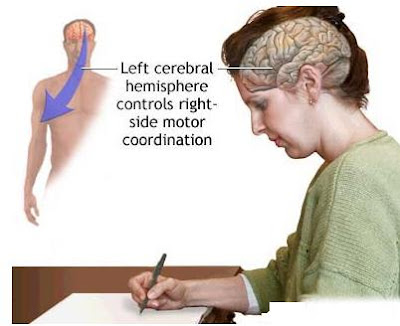All information related from the body to the cerebrum and cerebellum and vice versa, must go through the brainstem. The ascending pathways that come from the body to the brain are the sensory pathways, and include the spinothalamic tract for pain and temperature sensation and the dorsal column, fasciculus gracilis, and cuneatus for touch, proprioception, and pressure sensation (both of the body). (The facial sensations have similar pathways, and will travel in the spinothalamic tract and the medial lemniscus also). Descending tracts are upper motor neurons destined to synapse on lower motor neurons in the ventral horn and intermediate horn of the spinal cord. In addition, there are upper motor neurons that originate in the brain stem's vestibular, red, tactile, and reticular nuclei, which also descend and synapse in the spinal cord.

























